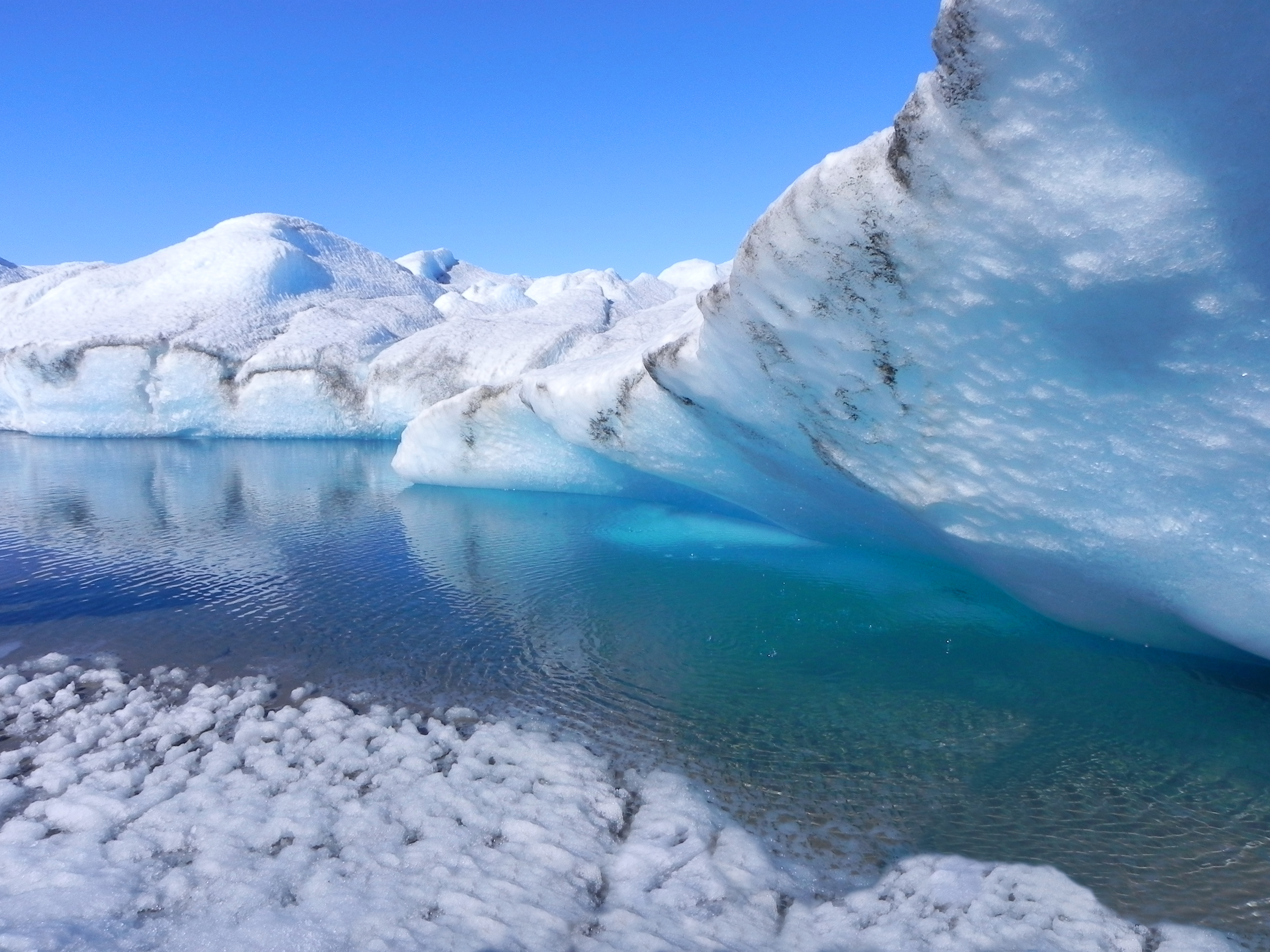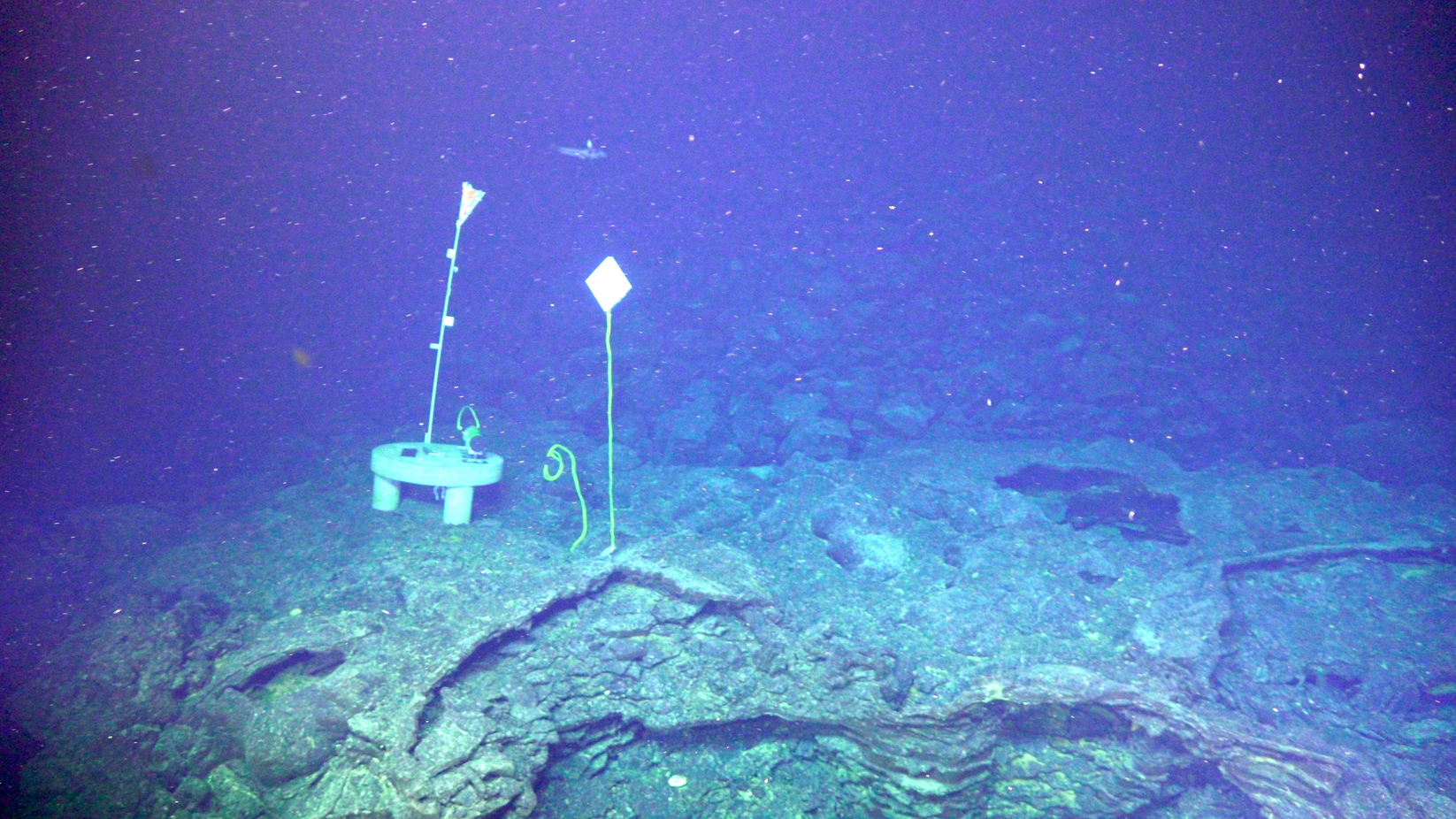Greenland’s Superfast ‘Ice Slides’ Could Be Bad News for Climate Change

Greenland's ice sheet is sliding way more than previously thought, according to a new study.
This means that the ice sheet can change faster in a warming climate, a group of researchers reported July 10 in the journal Science Advances.
"Understanding ice flow is quite important to predicting future melt from Greenland," said study lead author Nathan Maier, a doctoral candidate at the University of Wyoming. Ice flows bring ice from the cold interior regions of the Greenland ice sheet to its warmer edges, where the ice melts. [Images of Melt: Earth's Vanishing Ice]
Ice flow happens through two different processes: the sliding of ice across the bed and deformation, which turns the ice into a kind of "flowing molasses," Maier said. Understanding the relative scale of these two different types of movement helps scientists determine how much ice will move to high-melt areas along edges of the ice sheet.
Maier and his team drilled boreholes into the ice using a large drill. They also installed 212 tilt sensors, which measure the amount of deformation and sliding. The researchers took measurements of ice movement from 2014 to 2016, finding that the Greenland Ice Sheet is sliding really, really fast over the underlying bedrock.
"This is quite surprising as these regions are thought to have much slower sliding velocities than regions that are resting on slippery mud," Maier told Live Science. "Even more surprising is that we recorded this behavior during winter, when there is no surface melt, which can further lubricate the bed and increase the rate of sliding."
What this means is that "even over these relatively boring, slow-moving regions of the ice sheet resting on rock, ice can be rapidly brought down to the high-melt zones," he added. The researchers even found that Greenland's main continental ice sheet slides more than parts of the incredibly fast-moving glaciers on the periphery, such as Jakobshavn in west Greenland.
Get the world’s most fascinating discoveries delivered straight to your inbox.
Past work showed that global warming has changed ice motion along the ice sheet's edges, resulting in more thickening or thinning, which in turn causes changes in surface melt.
"Now that we have essentially found high rates of sliding everywhere we have looked on the ice sheet, even in the least-likely locations, like ours, we know that ice can be moved around very efficiently," he said. "Thus, the rates of thickening and thinning are likely to occur more rapidly than previously thought."
That means the ice might change faster in a warming climate than currently thought, he said.
- Historic Photos Paint Picture of Greenland Ice Loss
- In Photos: The Vanishing Ice of Baffin Island
- In Photos: A Conveyor Belt for Arctic Sea Ice
Originally published on Live Science.

Yasemin is a staff writer at Live Science, covering health, neuroscience and biology. Her work has appeared in Scientific American, Science and the San Jose Mercury News. She has a bachelor's degree in biomedical engineering from the University of Connecticut and a graduate certificate in science communication from the University of California, Santa Cruz.
